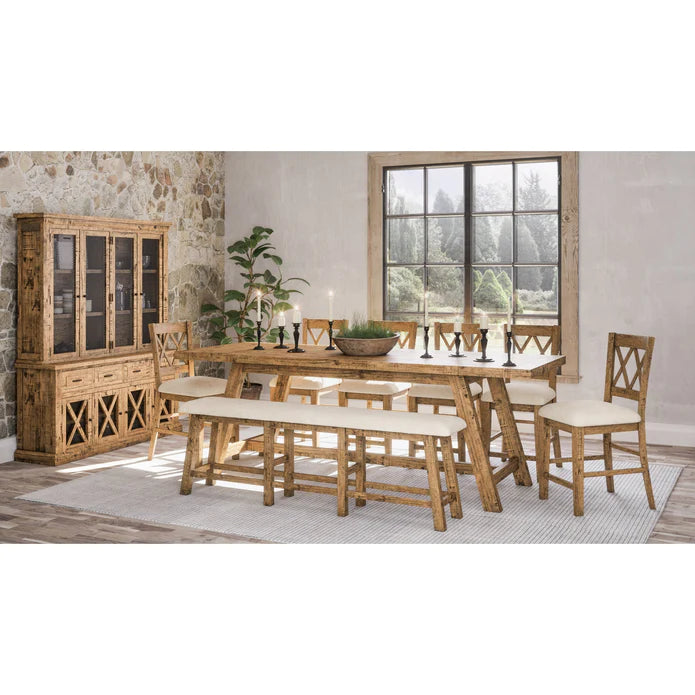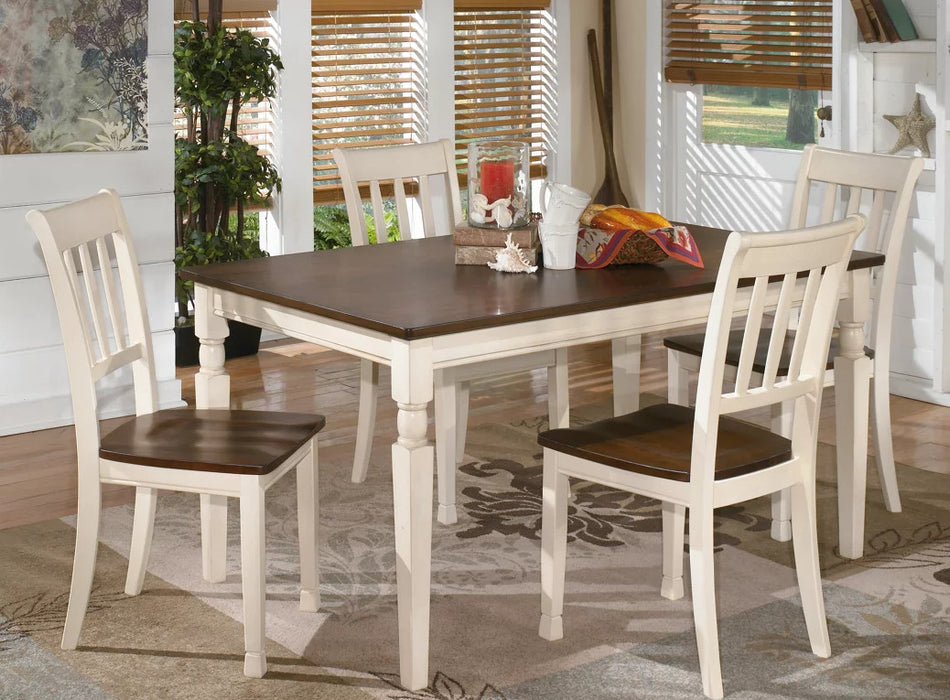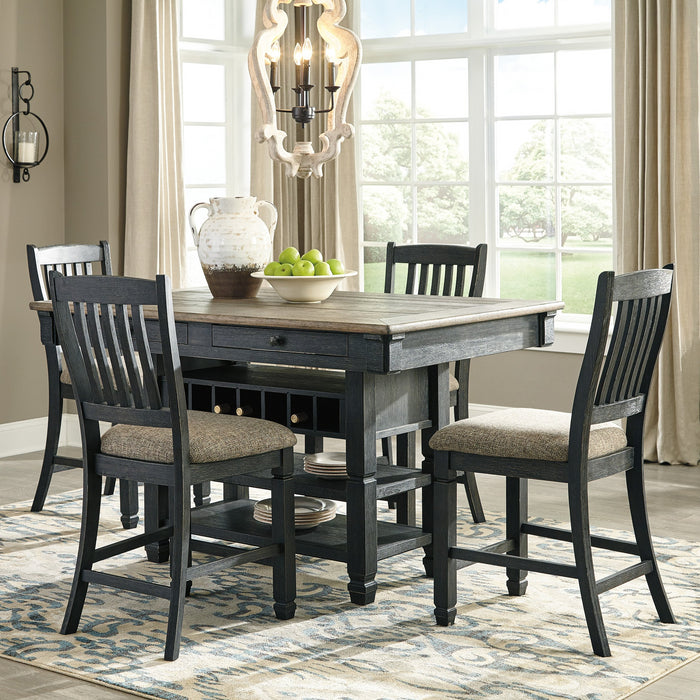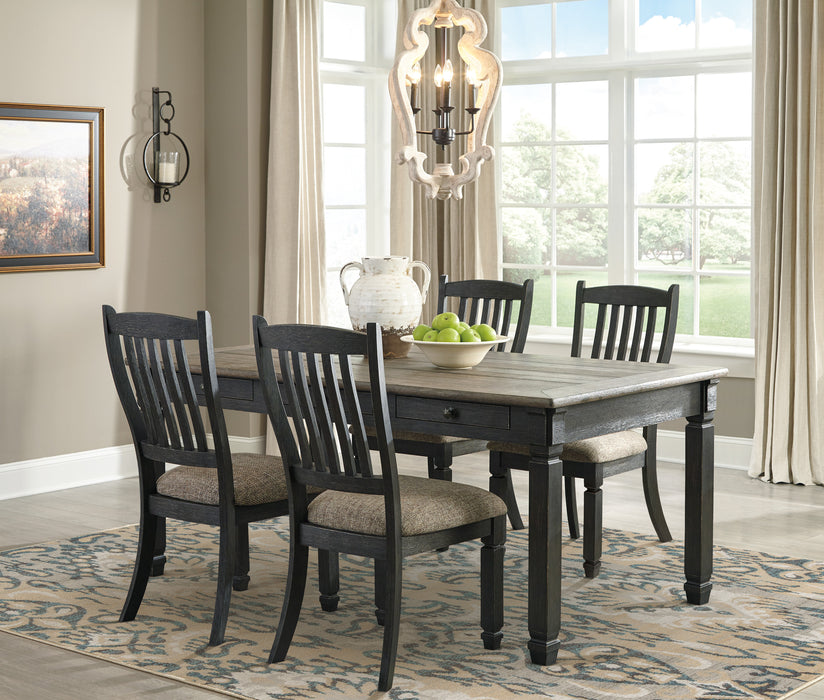
How To Clean And Maintain Your Dining Room Table
So, you’ve invested in a brand-new dining table and now you’re not quite sure how to look after it. Don’t worry, we’ve all been there. Regularly cleaning your dining table is essential, but so is maintaining it. A quick wipe-down after each meal with a damp cloth can go a long way in making it appear to visitors like your table is clean. And for the most part, it is, but what about when your oak dining table starts to fade or looks visibly dry? Now, a damp cloth is unable to fix something like this, which is why Lifestyle Furniture is here to save the day once again. In this blog, you will learn how to clean and maintain your dining tables according to their material. To keep it looking its best for generations to come, you can use this as your go-to guide.
- Wood
- Melamine
- Marble
- Glass
Wood
The most common dining table material is, of course, wood. Here’s the tricky thing though, not all woods can be treated the same. For this reason, we will break this section up into hardwoods, softwoods, and waxed woods. We will then outline each one's specific cleaning and maintenance requirements.
Hardwood
There are many hardwood dining tables to choose from but the most common are oak, walnut, beech, maple, and ash. Hardwood dining tables are incredibly strong and will last for years if properly maintained.
- Tackle spills quickly with a damp microfibre cloth. There shouldn’t be enough water in this cloth to leave a residue. If you allow anything with a colour (i.e coloured drinks) to soak into the wood, it can retain this, so it is important to attack the spill quickly. You can also use a damp cloth for everyday use to wipe up after each meal and remove any dust that has accumulated on the table’s surface. Dust, if not removed will become abrasive and damage the wood.
- Avoid using any chemical/disinfectant sprays as these can damage a wood’s finish.
- Paper towels should also be avoided as they can be abrasive and scratch a hardwood’s surface.
Hardwood Maintenance Tips:
- Sometimes we forget ourselves and place a hot pot or pan on our wooden dining tables. This, unsurprisingly, will leave a burn mark. Depending on the severity of the burn, it can be removed using a light sandpaper. Follow the grain of the wood with the paper to remove any light burn marks.
- Hardwoods will need to be oiled on a regular basis. This will not only moisturise the wood, but it will also cover faint scratches and add to its lustre and colour. Use and apply Danish Oil with a lint-free, microfibre cloth 3-4 times a year and follow the grain of the wood. This oil will absorb quickly and add a layer of water/stain repellant to the surface of a hardwood dining table. If oiling has been neglected, it may need to be sanded before oiling.
- Do not use Linseed Oil on hardwood dining tables. This will not absorb as quickly into the hardwood and won’t add a water-repellent layer to its surface either.
- Don’t forget to use placemats and coasters to keep your dining room table looking better for longer.
- If hardwood is exposed to sunlight or UV light it can change the colour of a wood's surface and its look over time. To avoid this, move your table out of direct sunlight, or use blinds or curtains.
- To avoid any expansion or contraction of your wood during the cool or humid months, try to keep your wooden furniture including dining tables and chairs as far away from a heat source (radiator, stove etc.) as possible.
- Extendable tables expand with the help of a table leaf. The leaf should always be stored next to the table itself when not in use. This will ensure that the leaf is exposed to the same elements (heat, sunlight) as the table. If placed in an alternative area to the table, the table leaf’s colour can fade/swell/contract differently from the table.
Softwood
There are many softwood dining tables to choose from but the most common is pine. Other examples include cedar, redwood, and larch. Softwoods are lighter than hardwoods making them easier to move around, they also don’t require any maintenance.
- Tackle dust with a barely damp microfibre cloth. Dust can damage a wood’s surface when not removed because it becomes abrasive. There shouldn’t be enough water in this cloth to leave a residue. A barely damp cloth is also perfect for mopping up any spills. Luckily, softwoods are usually lacquered and sealed which creates a moisture barrier and stops any spills from soaking in.
- Avoid using any chemical/disinfectant sprays as these can damage a wood’s finish.
- Paper towels should also be avoided as they can be abrasive and scratch a softwood’s surface.
Softwood Maintenance Tips:
- Softwoods don’t require any oiling or waxing and are easily maintained and cleaned using a damp cloth.
- Don’t forget to use placemats and coasters to keep your dining room table looking better for longer.
- If softwood is exposed to sunlight or UV light it can change the colour of a wood's surface and its look over time. To avoid this, move your table out of direct sunlight, or use blinds or curtains.
- To avoid any expansion or contraction of your wood during the cool or humid months, try to keep your wooden furniture including dining tables and chairs as far away from a heat source (radiator, stove etc.) as possible.
- Extendable tables expand with the help of a table leaf. The leaf should always be stored next to the table itself when not in use. This will ensure that the leaf is exposed to the same elements (heat, sunlight) as the table. If placed in an alternative area to the table, the table leaf’s colour can fade/swell/contract differently from the table.
Waxed Wood
This isn’t a particular type of wood, but rather a softwood or hardwood that boasts a waxed finish. These waxed woods require their own unique cleaning and maintenance regime.Waxed Wood Cleaning Tips:
- Tackle spills with a damp microfibre cloth. There shouldn’t be enough water in this cloth to leave a residue. You can also use a damp cloth for everyday use to wipe up after each meal and remove any dust that has accumulated on the table’s surface. Dust, if not removed will become abrasive and damage the wood.
- Avoid using any chemical/disinfectant sprays as these can damage a wood’s waxed finish.
- Paper towels should also be avoided as they can be abrasive and scratch the wood’s surface.

Waxed Wood Maintenance Tips:
- Waxed tables/furnishings require waxing instead of oiling for maintaining their appearance. Wax (like oil) will add a lustre, cover scratches, and add a layer of moisture repellant as well as heat protection.
- Use and apply a wood wax (tin or spray can) with a lint-free microfibre cloth 3-4 times a year. Follow the grain of the wood when rubbing it in.
- Similar to hardwood, a waxed wood finish will require a light sanding when waxing has been neglected or burn marks have occurred.
- Don’t forget to use placemats and coasters to keep your dining room table looking better for longer.
- If hardwood or softwood is exposed to sunlight or UV light it can change the colour of a wood's surface and its look over time. To avoid this, move your table out of direct sunlight, or use blinds or curtains.
- To avoid any expansion or contraction of your wood during the cool or humid months, try to keep your wooden furniture including dining tables and chairs as far away from a heat source (radiator, stove etc.) as possible.
- Extendable tables expand with the help of a table leaf. The leaf should always be stored next to the table itself when not in use. This will ensure that the leaf is exposed to the same elements (heat, sunlight) as the table. If placed in an alternative area to the table, the table leaf’s colour can fade/swell/contract differently from the table.
Always consult the manufacturer’s instructions before treating your wood as the correct treatment will vary according to the nature of the wood and the processes used to finish it.
We also recommend contacting a wood care technician to fix any permanent damage or long-term stains that have occurred over time

Melamine
A melamine dining table is a lot more straightforward when it comes to cleaning. It does not require any maintenance, is scratch resistant, and only requires a damp cloth to clean up any spills. It gives a wood effect at a lower cost than hardwood or softwood.
Marble
Marble is extremely durable and easy to clean. Simply use a damp cloth to wipe up any spills or for a quick wipe-down after a meal. Although timeless in its design, marble does have some disadvantages. It tends to be quite heavy which makes it difficult to move. It also isn’t scratch resistant and its shine tends to dull over time. If you are considering a marble dining table, we suggest choosing one with a dark grey or black colour as this is less likely to show up any stains. White marble is susceptible to staining, but you could always enlist the help of a professional to remove this or purchase a specific marble cleaner.

Glass
Glass does not necessarily require a specific glass cleaner. It can be wiped down with a damp cloth and then polished to remove any water residue marks. Glass dining tables offer a modern and sophisticated look, but aren’t shatterproof or scratch resistant. Dust does tend to settle on glass, but again, this can be easily removed with a glass cleaner or a polish. Something to note also is that glass is prone to fingerprints, so it might not be the best choice for homes with small children.
Before you run out and buy a dining table on a whim, it might be worth referring to this guide first. Knowing how you should be cleaning your table can help you to decide on the one that best suits your lifestyle.





